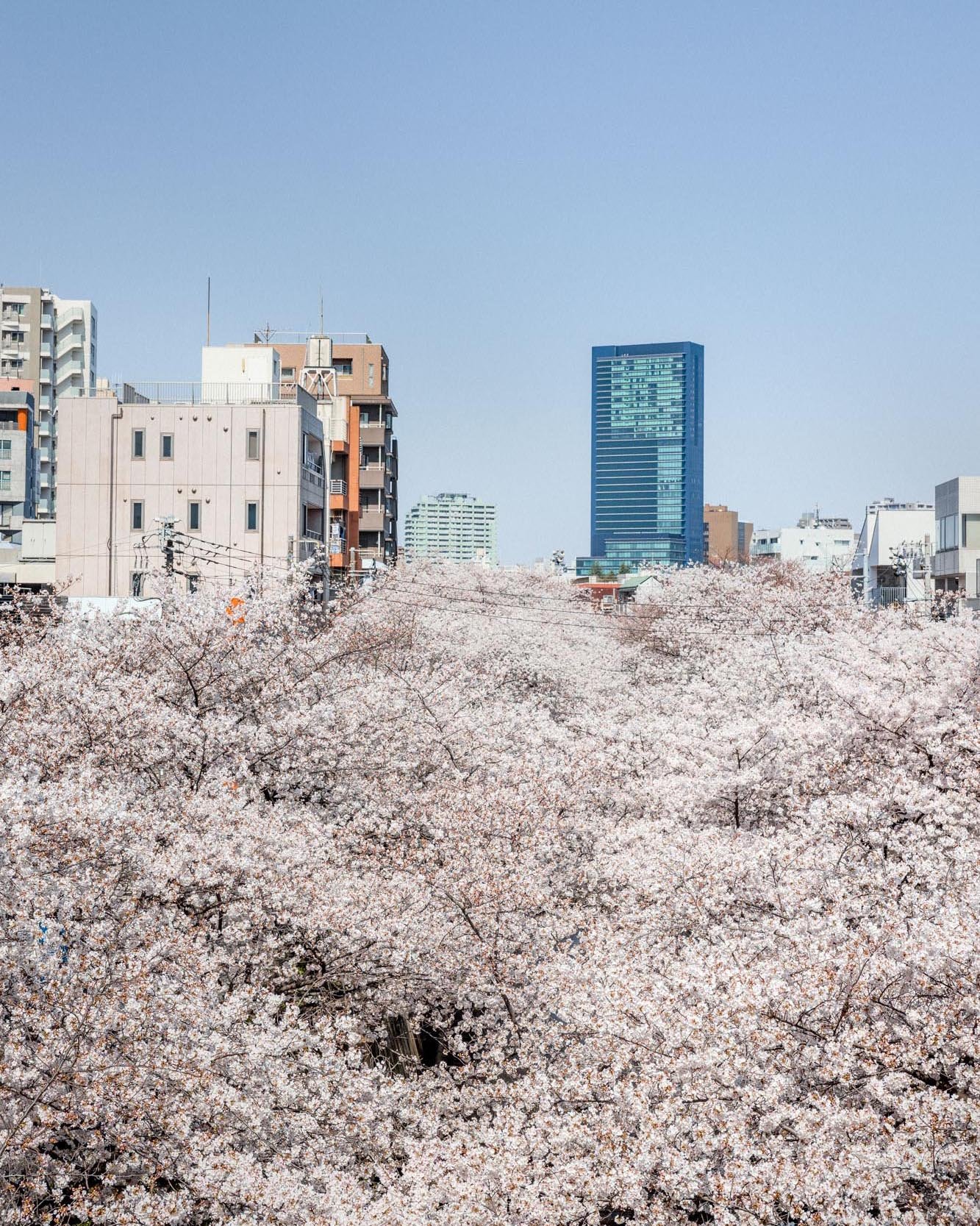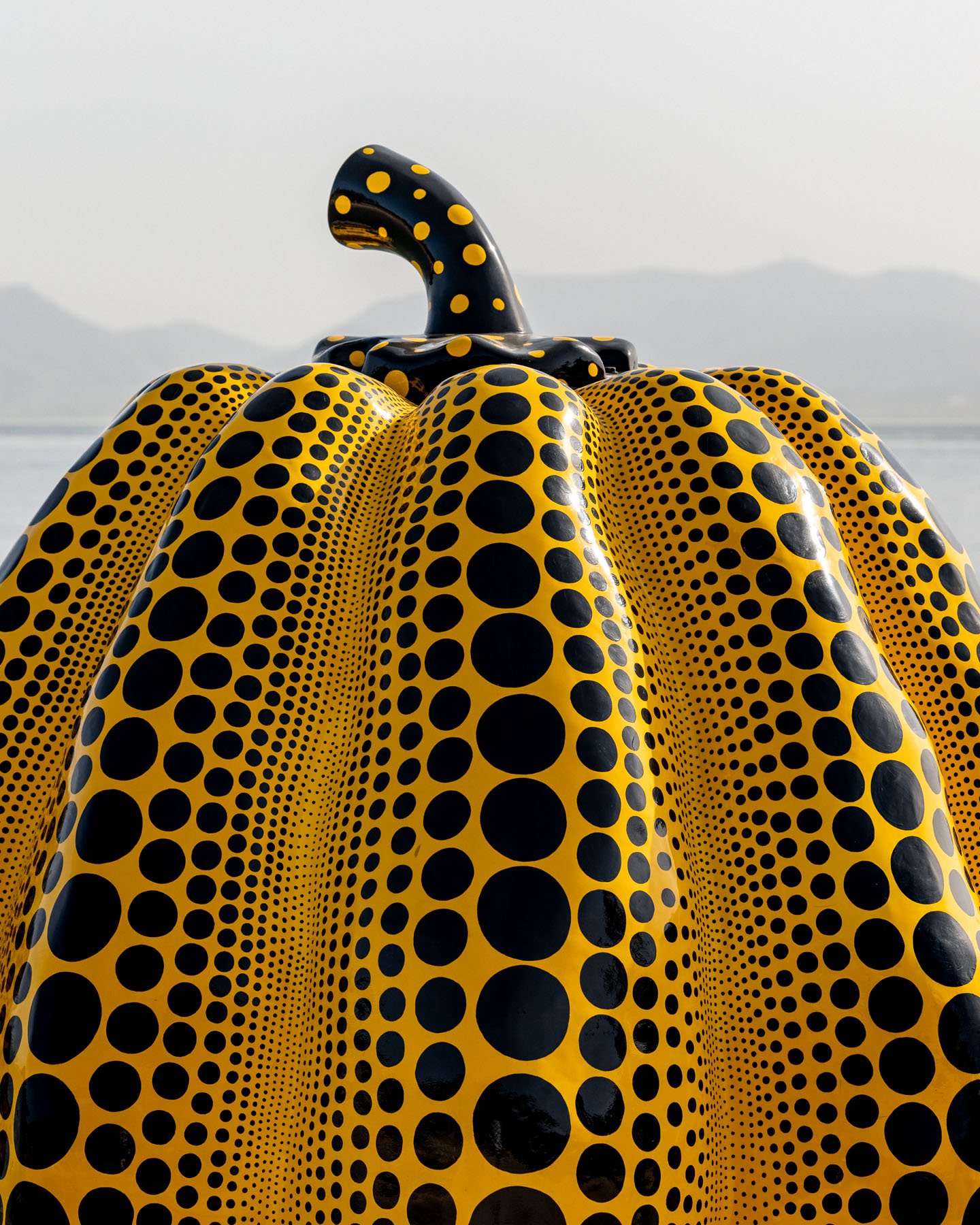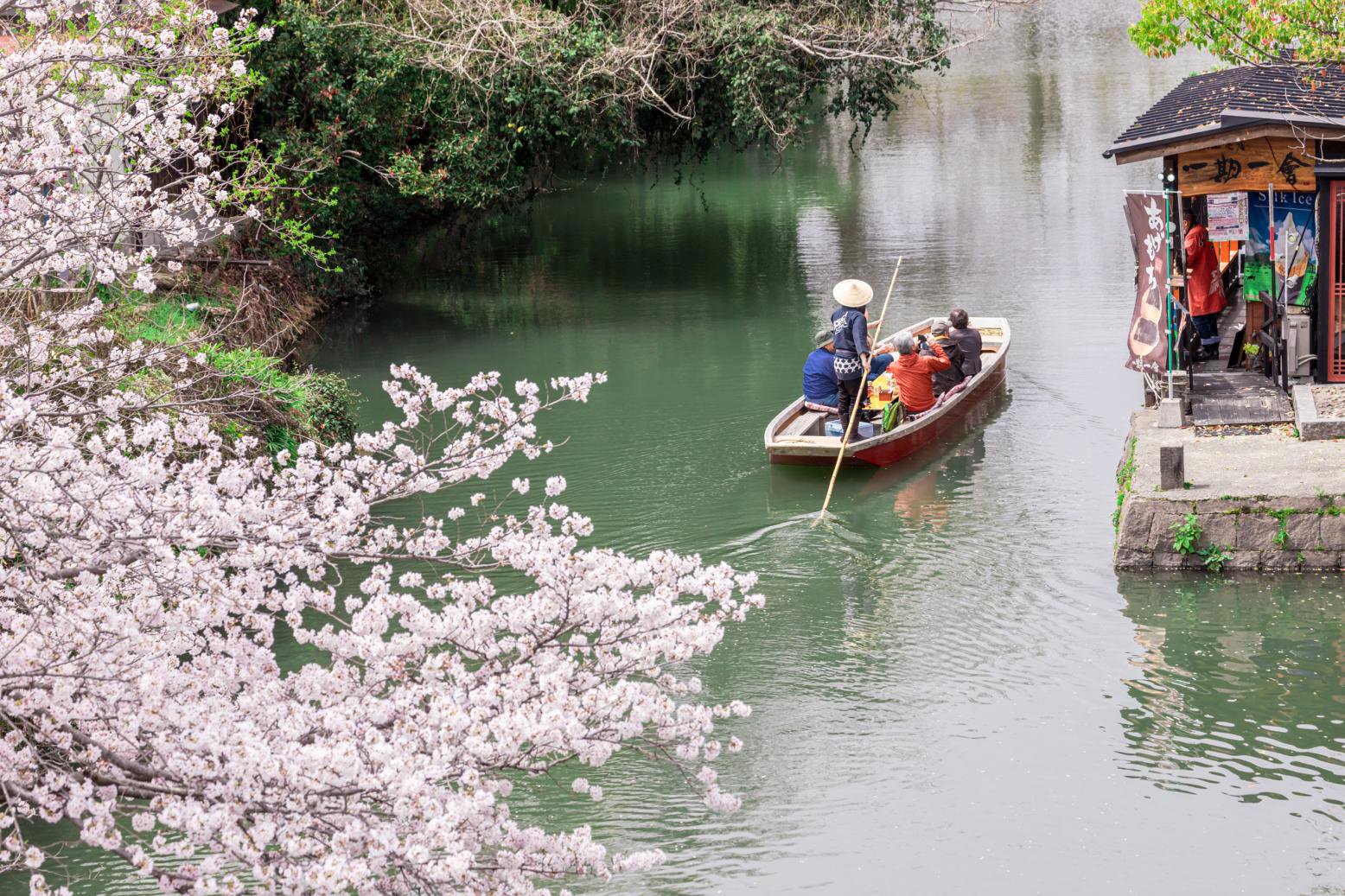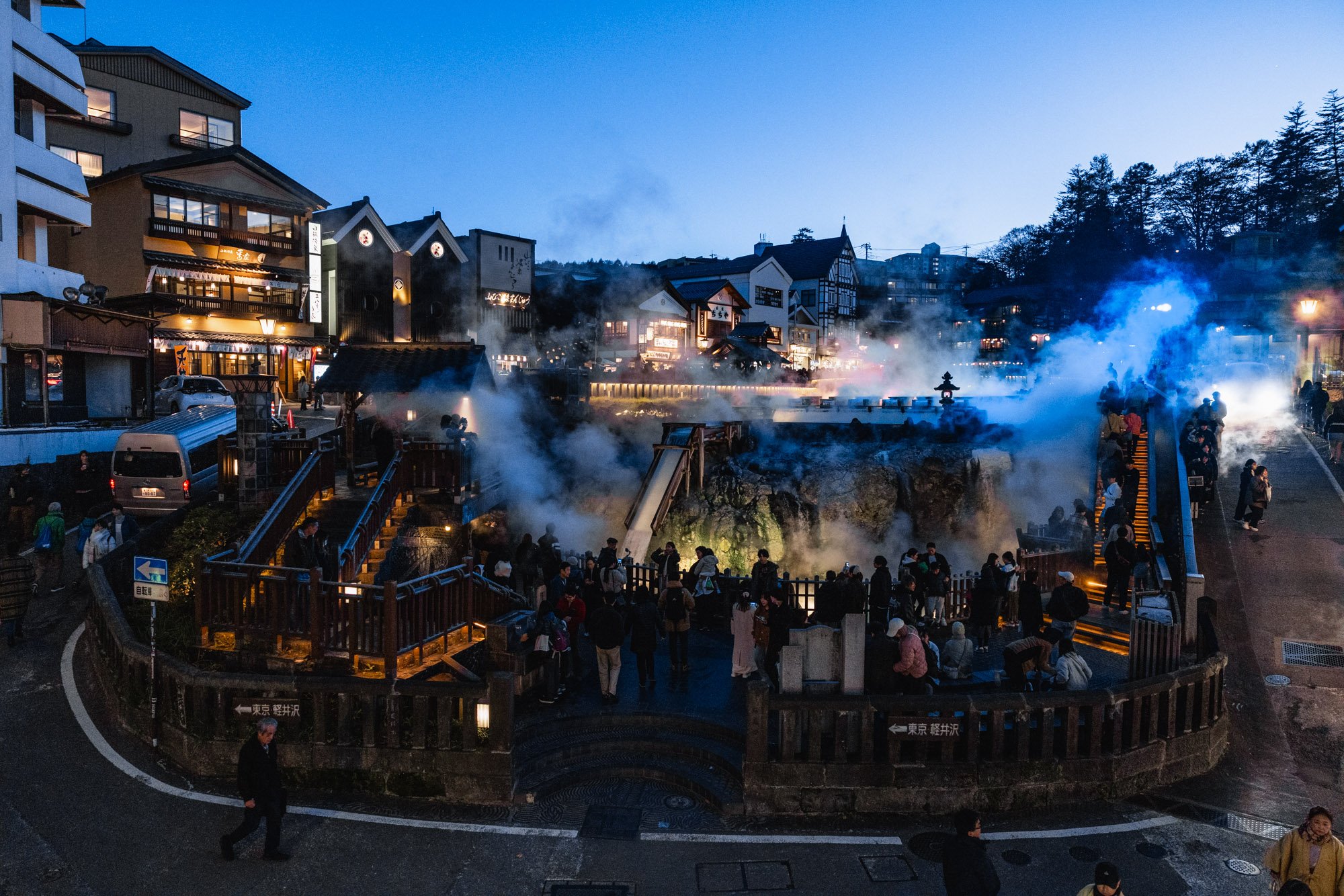The Complete Guide to Cherry Blossom in Japan for 2025
Each year millions of visitors, both domestic and international, flock to some of Japan’s most renowned cherry blossom viewing spots. It’s a time-honoured tradition illustrating our deep fascination and reverence for this natural phenomenon. Whether you’re looking for sakura-covered city streets, or wild cherry blossoms flanked by historic mountains in the countryside, this guide is your resource for designing the ultimate hanami itinerary.
When is Cherry Blossom Season in Japan?
It may only be a fleeting seasonal occurrence, but seeing the cherry blossoms at their peak is well worth the planning you’ll need to do.
The good news is, if you have a trip booked to Japan between late March and early May, you’ll have an excellent opportunity to witness the cherry blossoms in full bloom. Exact peak bloom dates for each cherry blossom season are typically announced closer to the time, so be sure to keep an eye out for updates!
Cherry Blossom Forecast 2025
Kumamoto - March 26th - April 4th
Osaka - March 29th - April 5th
Kyoto - March 28th - April 6th
Nagoya - March 26th - April 4th
Tokyo - March 24th - March 30th
Sendai - April 5th - April 10th
Sapporo - April 26th - April 30th
When are the Cherry Blossom Festivals?
One of the best ways to experience cherry blossom season like a local is to partake in one of the spring festivals (hanami). Friends, families, and colleagues gather together underneath the cherry blossom, sit on blue tarps, and share a picnic full of seasonal delights such as dango, mochi, bento, onigiri, and other cherry blossom-themed food.
While predicting the exact date of these festivals is a little tricky, pick a park you’ll be venturing near and research when it was held in previous years. Average out the dates, and you’ll find the best time to turn up.
Pro tip: Cherry blossom festivals happen all over the country. So even if you find yourself in the middle of nowhere, there’s a high chance of a festival happening nearby!
Discover unique itineraries and hundreds of lesser-known destinations in my brand new guidebook, Views from Japan.
Where Are the Best Places to See Cherry Blossoms in Japan?
Tokyo
Best time to visit: late March
Shinjuku Gyoen — With over 68 varieties of trees and more than 400 somei yoshinos, this central spot is perfect for lunchtime hanami and night-time viewing alike. This is easily one of the most popular viewing spots in all of Tokyo.
Chidorigafuchi — Row on the chidori-ga-fuchi moat under a canopy of cherry blossom or admire the 700-meter-long walkway covered in pastel pinks from a distance. The latter of which is one of the most famous cherry blossom light-up events in all of Tokyo.
Sumida Park — Around 510 cherry blossoms give visitors the perfect setting to admire Tokyo Skytree in the distance. Book a cruise to view the trees from the water, or visit during the evening to see the cherry blossoms lit up.
Meguro River — Pop over to Nakameguro and visit one of the most popular cherry blossom spots in all of Tokyo. The 5km long sakura-lined stretch of Meguro River is often busy, so visit on a weekday if possible.
Inokashira Park — Over 400 cherry blossom trees, a picturesque pond, and swan boat pedalos are available for hire. A fantastic spot to admire Tokyo in the Spring.
Looking for somewhere to stay? Browse a full list of Tokyo hotels here.
Fuji Five Lakes
Best time to visit: early April
Fujiyoshida — Visit Arakura Fuji Sengen Shrine, seamlessly floating amongst cherry blossoms during the spring and located in a city that offers one of Japan’s most famous views of Mount Fuji.
Oshino Hakkai — With stunning views of Mount Fuji, Oshino Hakkai's eight ponds and traditional houses take you back to a simpler time. Add in the 200 Yoshino cherry trees and you’ll be spoilt for Spring photo opportunities in Japan!
Looking for somewhere to stay? Browse a full list of Fuji Five Lake hotels here.
Kyoto
Best time to visit: early April
Kodai-ji Temple — 50 cherry trees including yama-zaku (wild cherry), and somei yoshino are dotted alongside this zen Buddhist temple. Most visitors, however, are drawn to Kodai-ji temple for the lone shidare-zakura (weeping cherry tree). The perfect addition to Hashin’tei, the temple's zen rock garden.
Higashiyama — In the heart of Kyoto’s historical district, you’ll find a number of unique spots to appreciate the cherry blossom. Most notably Maruyama Park and Kiyomizu-dera temple, both blanketed by a sea of soft coral hues during the Spring.
Chion-in Temple — Founded in the 13th century and reconstructed in the 17th, as you pass through the 24-metre-high gates you’ll be surrounded by cherry trees on either side. Visit at night to see it beautifully illuminated.
Ninnaji Temple — 550 cherry blossoms growing on the western side of the temple, often compared to the cherry blossoms of Mount Yoshino. It’s a stunning temple built in 888, covered by a sea of sakura during early April.
Philosopher’s Path — A 2 km long path where cherry blossoms gently hang over the narrow cobblestone path and canal. Start your walk during the early hours of the morning or on a weekday if you’re looking to miss the crowds.
Looking for somewhere to stay? Browse a full list of Kyoto hotels here.
Related Post: 6 Alternative Experiences for Your Next Trip to Kyoto.
Nara
Best time to visit: early April
Nara Park — With around 1,400 deer and over 1,700 cherry blossoms, it’s not hard to see why this real-life fairytale of a location is constantly ranked as one of the best sakura viewing spots in the country.
Looking for somewhere to stay? Browse a full list of Nara hotels here.
Nagano
Best time to visit: mid April
Hakuba — 15 minutes away from Hakuba station is Oide Koen, a beautiful spot to see cherry blossoms with the snow-capped Northern Alps in the distance. Take the train one stop over to Shinano-Moriue, and visit Shinden (新田), Hakuba’s traditional area where cherry trees and and ryokans line the road.
Takato Castle Park, Ina City — With close to 1,500 cherry blossoms, including unique varieties exclusive to the park, it’s no wonder this location is certified as one of the top 100 places to view cherry blossoms in Japan.
Koboyama Koen — Surrounded by a wall of around 4,000 Sakura trees, this under-the-radar spot with many walking trails is well worth considering if you’re visiting in Spring.
Garyu Koen — Another location that’s been selected as one of Japan’s top 100 viewing spots. With 14 different types of cherry trees (illuminated at night) and exceptional views of Mount Garyu, it’s not hard to see why!
Looking for somewhere to stay? Browse a full list of Nagano hotels here.
Naoshima
Best time to visit: late March - early April
Benesse House — Naoshima Dam Park boasts around 130 Oshima cherry trees meticulously arranged in a grid pattern. Visitors are warmly invited to stroll through the grove, where they can view nature's artwork up close.
Looking for somewhere to stay? Browse a full list of Naoshima hotels here.
Looking for more travel guides and itineraries? Subscribe to the weekly Views from Japan newsletter here.
Fukuoka
Best time to visit: late March - early April
Aburayama Citizen’s Forest — Multiple walking trails, spectacular views over the bay and Fukuoka city, and around 2,000 cherry blossoms make this a great spot for those who want to appreciate sakura while hiking.
Maizeru Park — As one of Kyushu’s most prominent viewing spots with over 1000 cherry blossom trees (19 species), many are illuminated, along with the moat and Fukuoka castle’s ancient walls.
Looking for somewhere to stay? Browse a full list of Fukuoka hotels here.
Affiliate Disclosure: Please note this post may contain affiliate links. By purchasing via these links, I may earn a small commission at no additional cost to you. It’s a big help to keep this site up and running and I only promote products and services that I personally use and trust. Thanks!
Looking for a More Meaningful Way to Experience Japan?
Introducing Views from Japan, a brand new travel guidebook welcoming you to join a travel community that shares a deep passion for Japan and its unique cultural traditions. Across 280 detail-packed pages, I give you all of the tools you need to create a unique and memorable trip to Japan, whether you are travelling for a solo trip, honeymoon or family adventure.

















